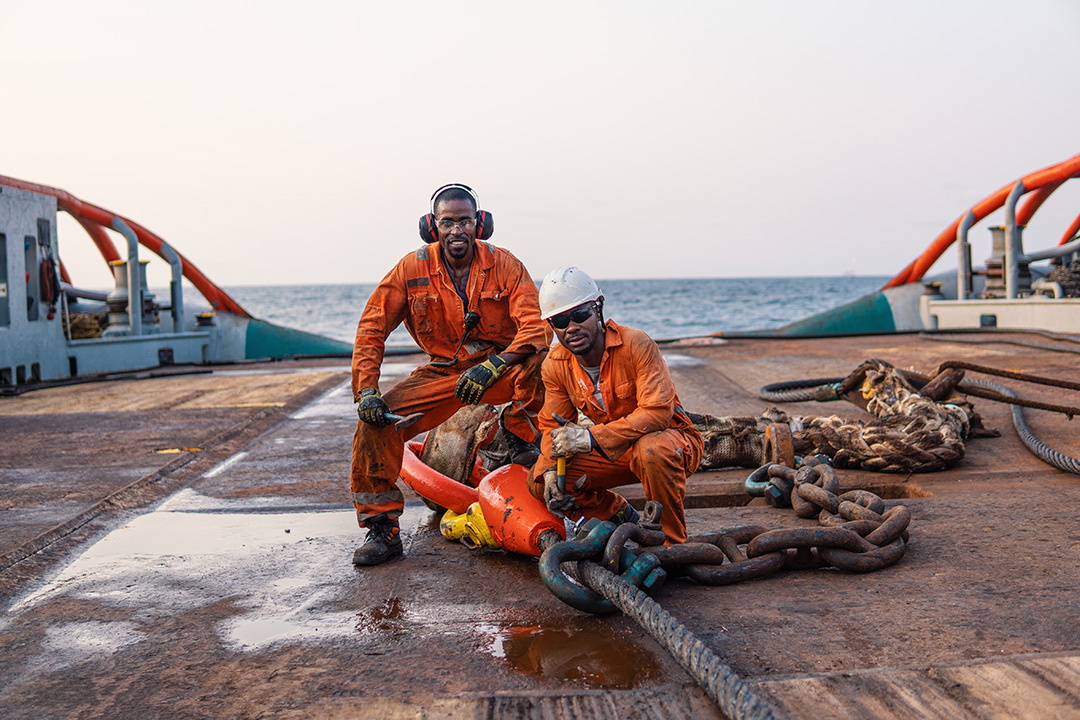Back injuries are among the most common injuries in all U.S. workplaces, including oil and gas sites. Many oil and gas workers’ job duties involve lifting, lowering, carrying, pushing or pulling heavy objects, which can all lead to back injuries. Workers can also injure themselves by bending or lifting the wrong way and working in awkward positions.
Fortunately, your company can help employees avoid back injuries by arranging your work sites to minimize lifting and providing employees with proper back injury safety training, equipment and tools.
Hierarchy of Controls
When safety hazards can’t be removed from a work site, employers often use the hierarchy of controls to protect workers. From most to least effective, the hierarchy of controls consists of:
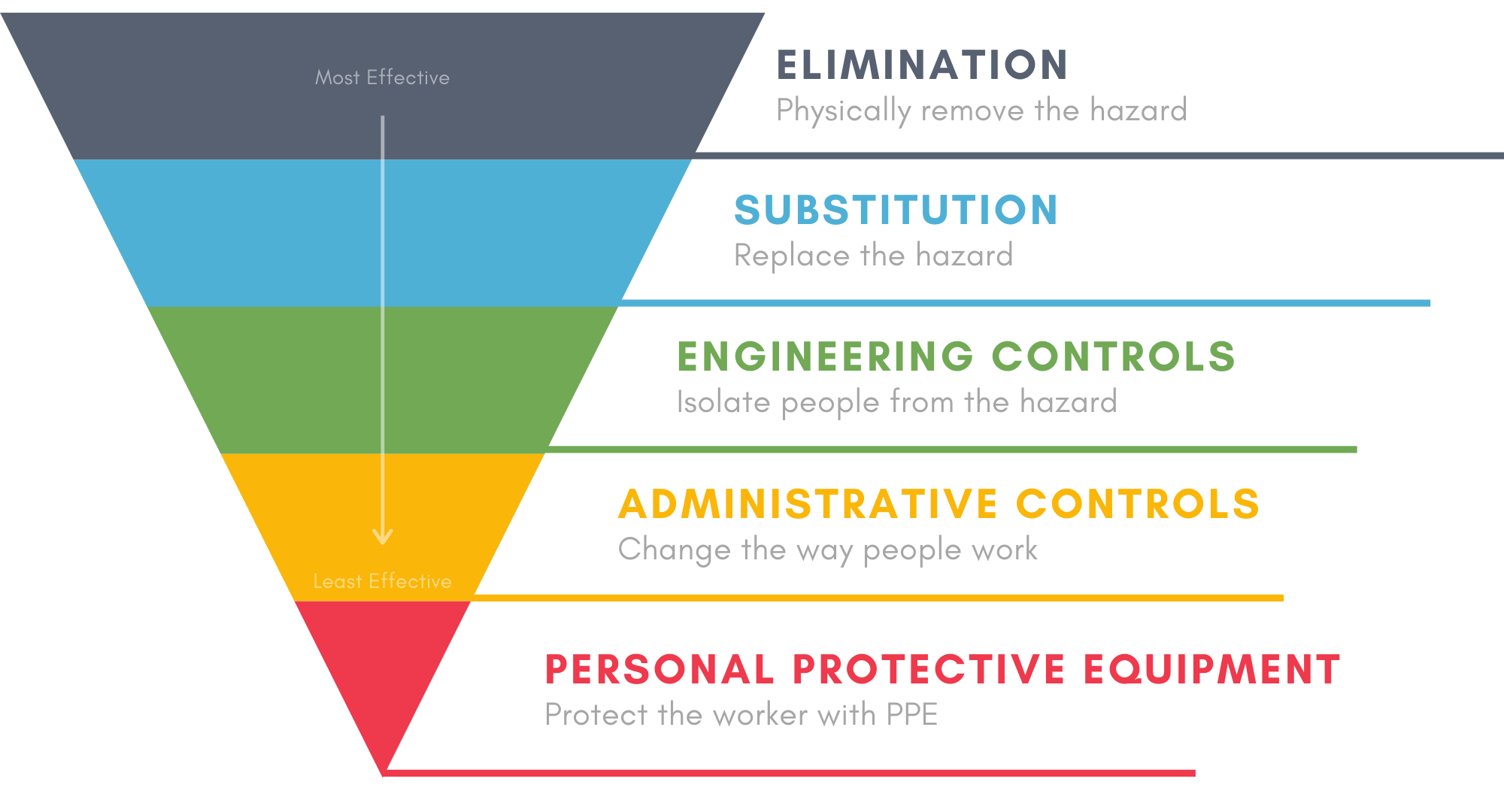
Engineering Controls
If a hazard can’t be removed from a work task, engineering controls are the most effective type of hazard control. Engineering controls minimize exposure to a hazard by making changes to equipment or the work environment. In the case of lifting and moving heavy objects, examples are lifting and carrying equipment such as carts, dollies, pallet jacks, forklifts and pneumatic lifts. Some lifting and carrying equipment, such as forklifts and motorized pallet jacks, require workers to receive hands-on training before they can use them.
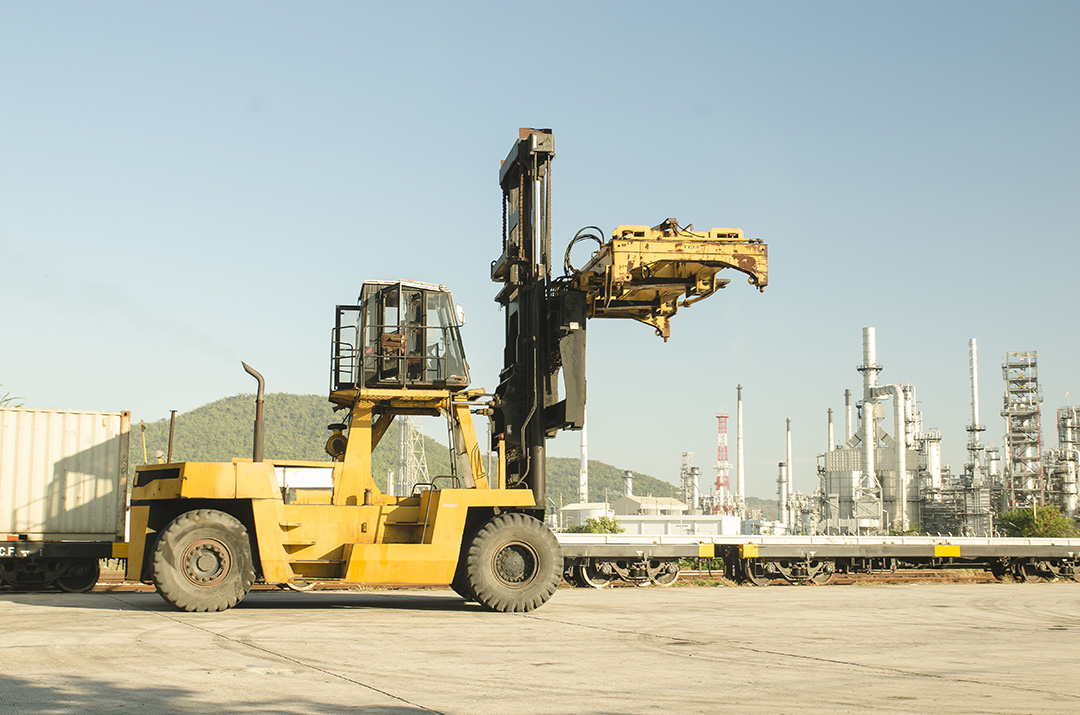
Another simple way to help prevent back injury is to reduce the weight that needs to be lifted or moved. Splitting heavy loads into smaller loads can make them easier to move. For example, if workers need to move a pallet of concrete mix across a site and don’t have a pallet jack available, it could be impossible to move the entire pallet at once, even as a team. However, each worker could take one bag of concrete mix at a time and make several trips or put a few bags on a cart at a time and use the cart to carry them across the site. Your company’s sites should also be arranged so employees can lift objects from between knee height and shoulder height whenever possible to reduce strain on their backs.
Administrative Controls
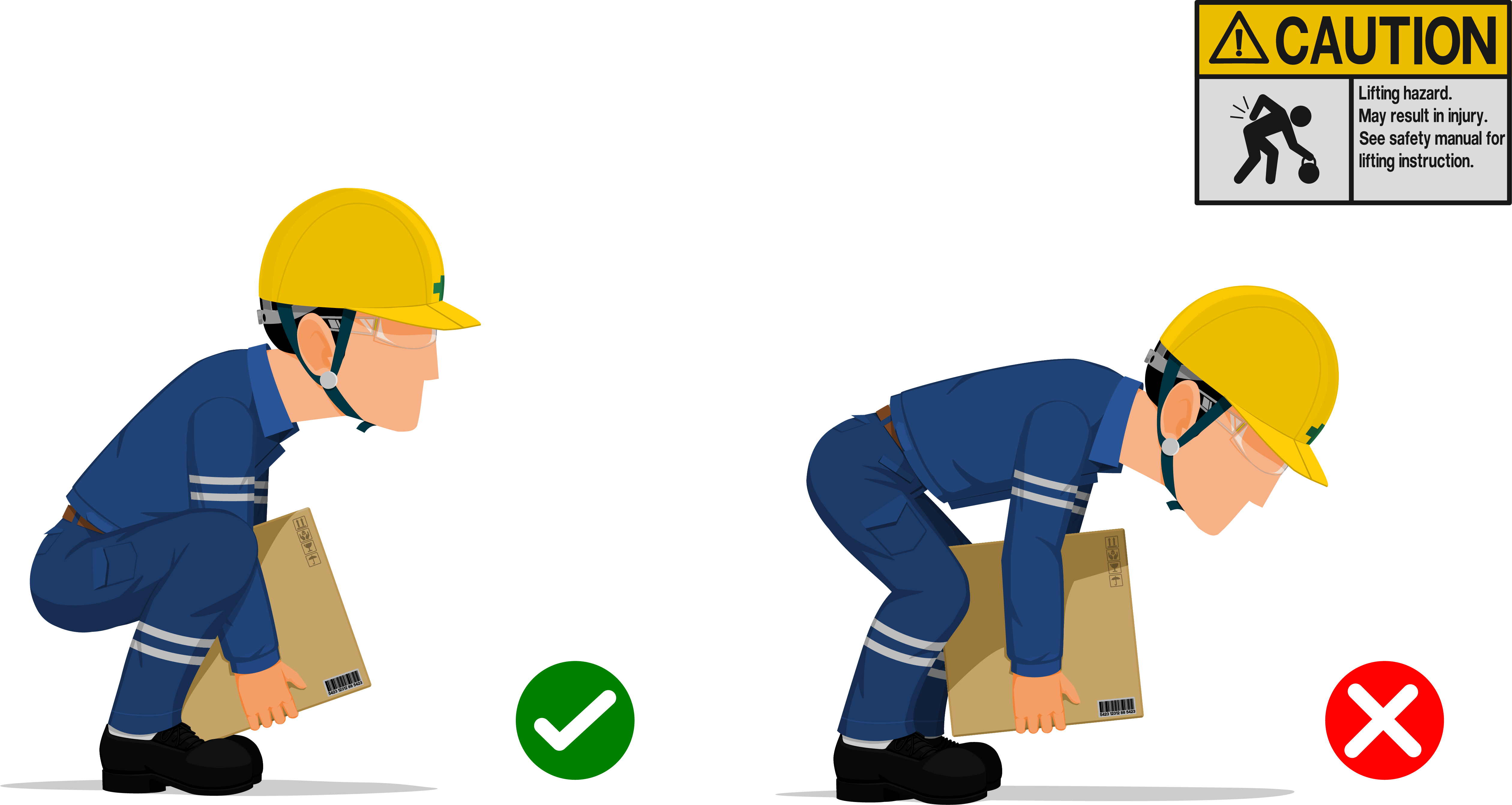
Administrative controls are the next most-effective type of hazard control and include safe work practices and procedures. Training employees to lift and carry items safely is an easy way to help prevent back injuries. Before lifting, employees should determine the shortest, most obstacle-free path to get the load to its destination. They should also determine if the load is light enough to carry themselves, or if they will need to make multiple trips or use team lifting.
Once employees are ready to lift, they should follow some basic safe practices:
- Bend at the knees, not the waist, and keep their back straight
- Hold the object as close to the body as possible, straightening their legs slowly as they lift
- Shift their feet to turn and navigate around unavoidable obstacles
- Again, bend at the knees when lowering the item
Looking for more online safety training content?
VIEW THE 800+ COURSES AVAILABLE!
Whenever any lifting needs to be done, there are unsafe lifting techniques that all employees should avoid:
- Keeping their feet close together or rounding their lower back
- Lifting unbalanced loads or loads that are too heavy to lift without help
- Lifting heavy objects immediately after sitting or slouching for long periods
- Lifting objects overhead with their neck and back arched
Employees should also be trained on team lifting procedures for loads that they can’t lift alone:
- Before beginning a team lift, someone should take the lead in coordinating the lift
- All lifters should communicate to move the load together smoothly
- Make sure to communicate when lowering the load so it doesn’t get lowered onto hands and feet
- If anyone moving the load has to move backward, the person(s) moving forward should help guide what direction to move and how to avoid any obstacles
Exercise and Stretching

Working on an oil and gas site can be physically demanding, but regular exercise can help workers take care of their backs and the rest of their bodies. The back is essentially a hydraulic system, and activity helps fluids flow to parts of the back such as the discs, easing pain and joint stress. Exercise can also stretch shortened muscles and maintain joint mobility. Stretching before beginning work or lifting is an important part of preventing back injury. Even workers with back injuries should stay as active as their physicians recommend while their injury heals.
Protective Equipment
Personal protective equipment, or PPE, is used when hazards can’t be minimized or eliminated with engineering or administrative controls. PPE is less directly effective at preventing back injury than engineering or administrative controls, but some types of PPE can make lifting safer and easier while also protecting workers from other hazards.
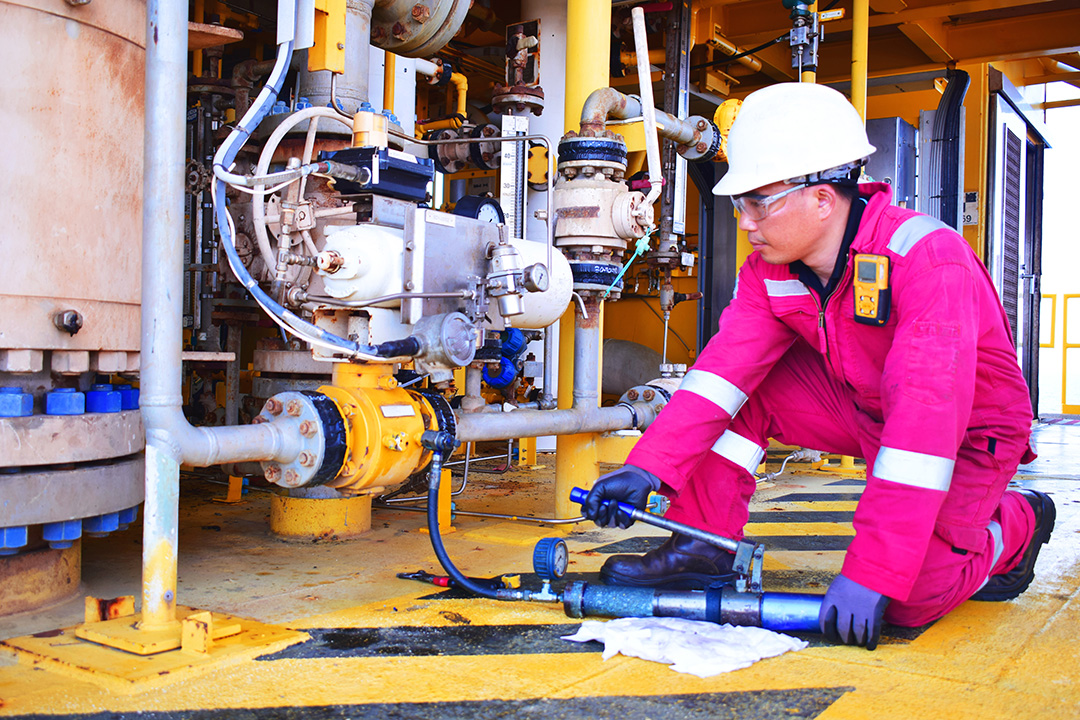
Many site workers are required to wear steel-toed boots and gloves, among other PPE. Workers should choose gloves with a good gripping surface to help reduce strain and keep loads from slipping out of their hands. Boots with a gripping sole will help workers keep their footing and reduce the chance of slipping and falling while carrying a load. Finally, knee pads will help protect workers’ knees when kneeling to pick up loads.
You may have heard about workers using back support belts to help prevent or recover from back injuries. There is a common misconception that back support belts provide extra support for the spine. In 1996, the National Institute for Occupational Safety and Health (NIOSH) did a comprehensive study and concluded that while back support belts might help workers who already have back injuries to recover more quickly, there’s no proof that back belts prevent lifting-related injuries. Another study conducted by NIOSH in 2000 found that there was not a significant difference in reported back pain by workers that wore back belts compared to those who didn’t.
In addition, workers may have a false sense of security while wearing a back belt and attempt to lift more than they can safely lift, increasing the risk of injury. While back belts do not generally increase the risk of back injury when worn properly, workers should still follow safe lifting practices and not rely on a back belt to avoid injury.
Conclusion
In many industries, workers will need to lift, move and carry heavy loads. There are a variety of precautions workers can be aware of to help prevent back injuries during this often-unsafe action. Proper training and communication are key for keeping all workers safe.

